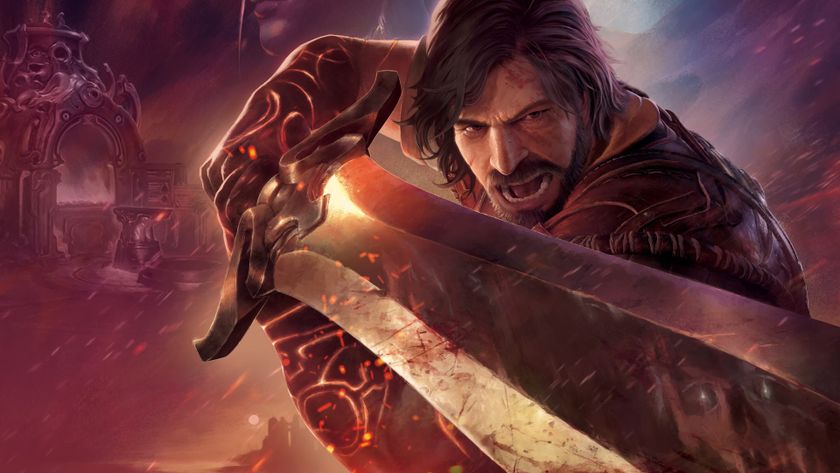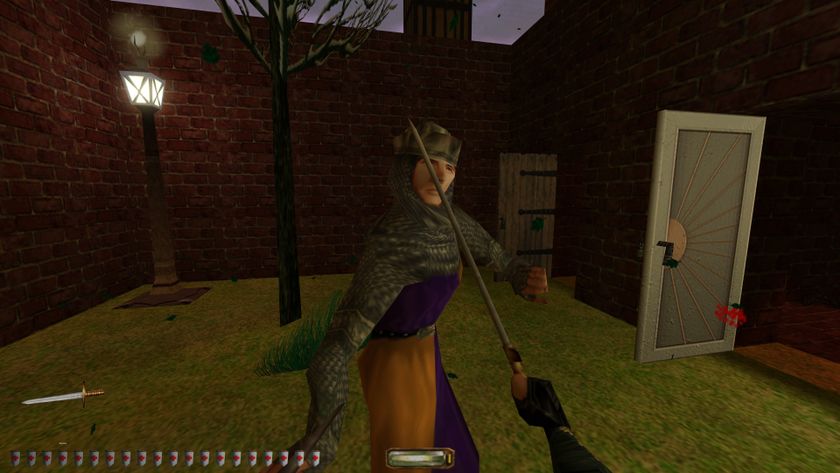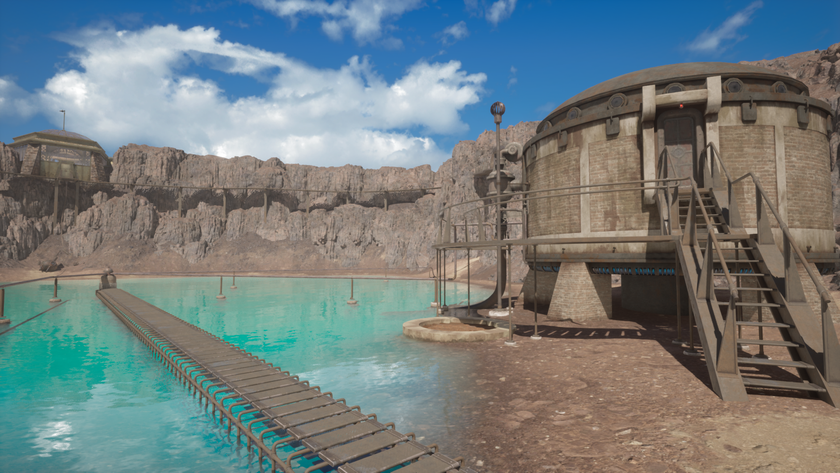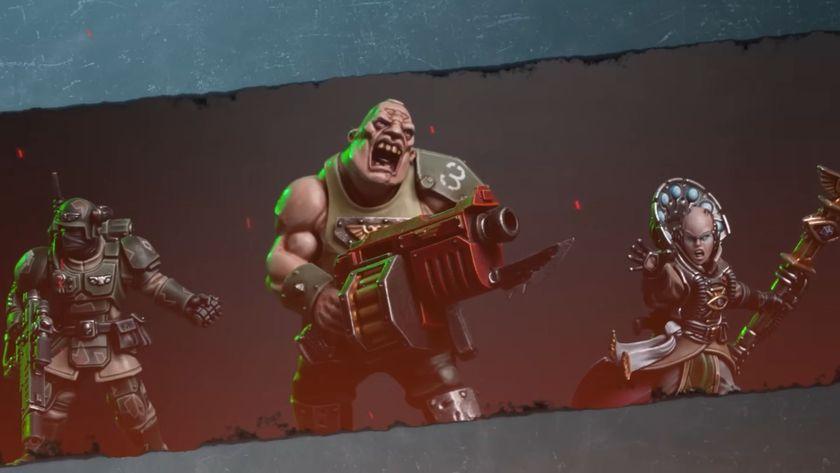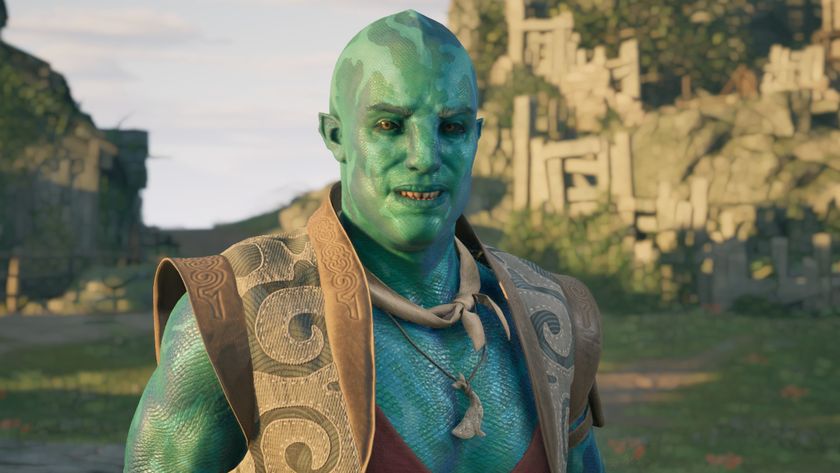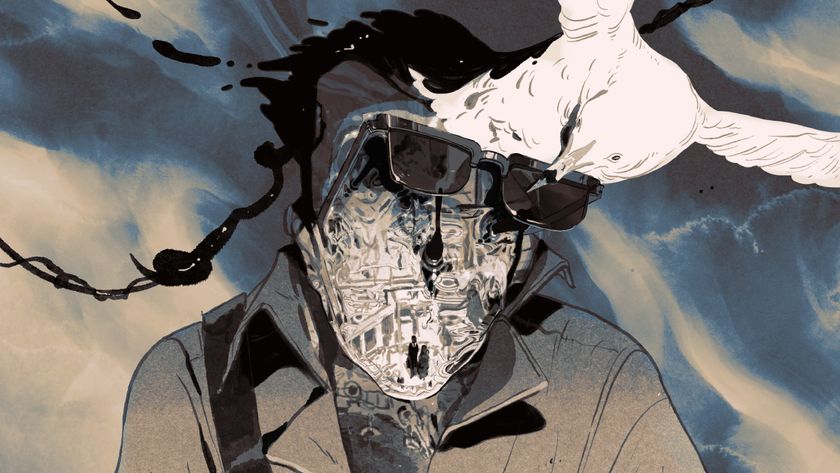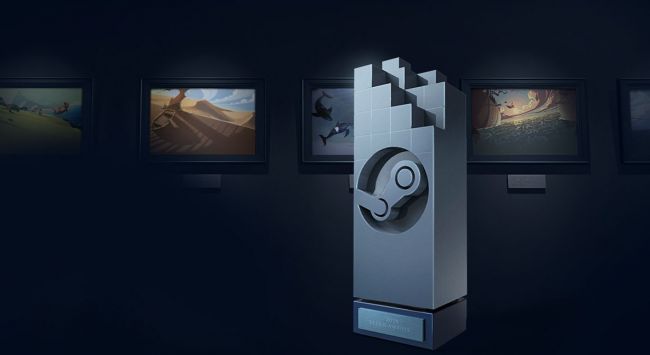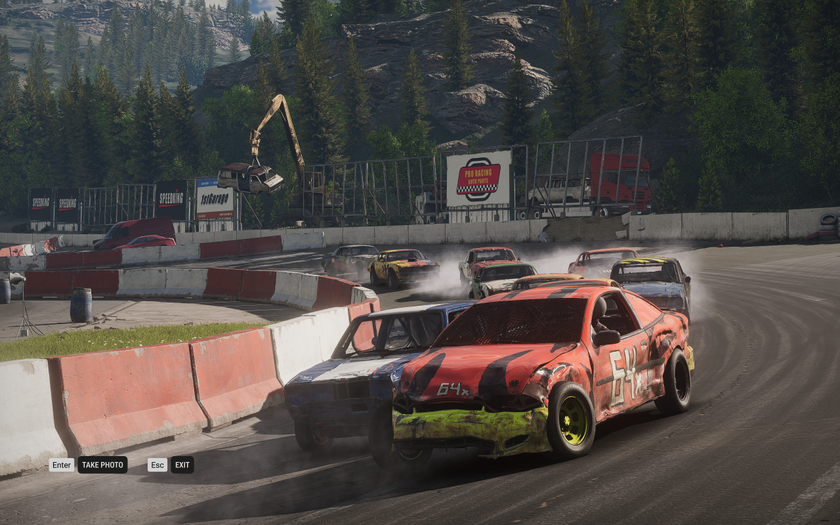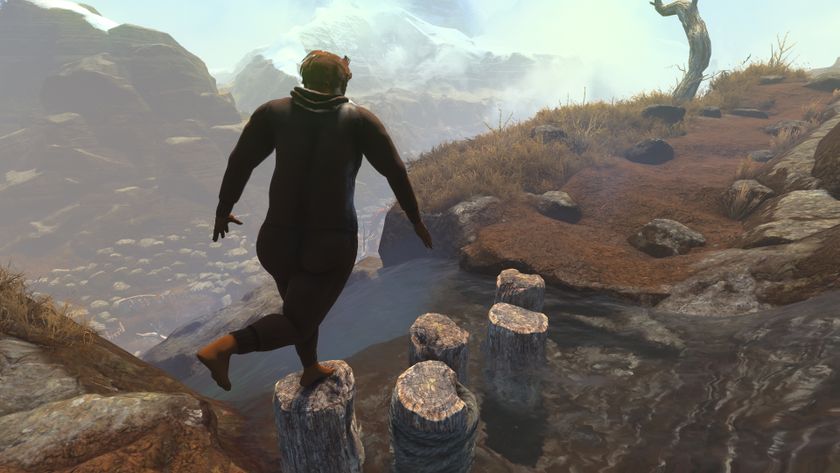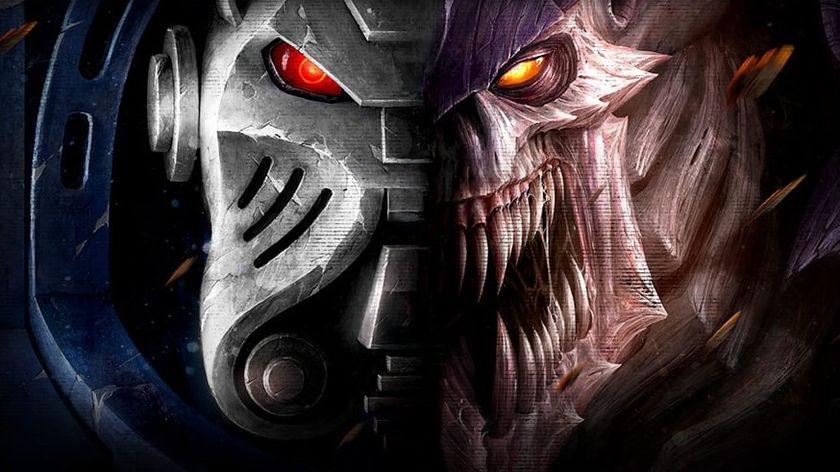Mike Dies is a game about fatal teleporter accidents
What happens to the parts of your body that don't fit inside the teleporter? Nothing good.
I thought I knew every way a game could use teleportation systems. Sometimes they're a central feature, like in the Portal series. Sometimes teleportation is a high-level ability or cheesy bonus—in Heroes of Might and Magic 3, a high-tier Mage Guild with Dimension Door can send you hopping around the map and, if you're lucky enough to have Town Portal and Expert Earth Magic, your cities can effectively be protected by one hero.
Teleportation can also be used creatively in games like Divinity: Original Sin when you realize that dropping an enemy onto an oil surface both causes damage and primes them for ignition. Or, as my friend and I discovered, teleportation can be used to hurl each other through a difficult area we'd accidentally wandered into while too low-level for it.
Mike Dies, however, is not designed around the act or consequences of instantaneous travel so much as one very simple aspect of the teleporters themselves. "I was always curious what would happen in Star Trek if characters left their limbs outside of the designated teleport area," explains project director and designer Alex Gold. His game provides many conclusive, if bloody, answers.
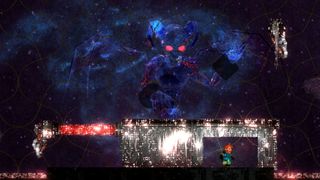
Mike's spaceship can only be navigated via a convoluted network of teleporters. Many are fractured or awkwardly placed. Some will spool up on contact with a satisfying 'whoop' to signal when Mike needs to be fully inside or outside them, risking dramatic dismemberment with every activation. If any part of his body is outside a teleporter when it activates Mike becomes a bloody smudge on the wall.
If the player is rushing through the game, they'll rarely get lost. It's only when they start exploring that the game reveals its true size.
Alex Gold
Pink teleporters begin to spool up when you touch them and continue to do so until you break contact. An early level called Pillar Talk provides eight that are too thin to contain Mike's body and which spool up as a group, so you have to stop carefully in between them until they wind down to avoid shearing off an arm or leg.
The next level, Raze of Light, presents five new teleporters of different sizes that activate quicker. Following this there are moving platforms that propel Mike through linked teleporters that require time to unspool after being touched, so you have to find ways to slow his progress through them or risk severing a vital body part.
But what's with the level names? "Since we didn’t have a map and our art was minimalistic, I looked for alternative ways to make levels feel distinct," Gold says. "Players may not always recall the exact layout of every level, but a bad pun is hard to forget."
The biggest gaming news, reviews and hardware deals
Keep up to date with the most important stories and the best deals, as picked by the PC Gamer team.
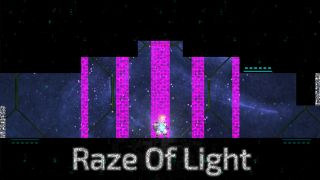
Mike Dies is initially quite linear, although you'll see teleporters that are locked with a number from the outset. This provides the impetus to collect orbs from tricky spots. If you see a door marked '3' it will open at three orbs while still allowing you to keep them for the significantly higher numbers required later.
There's a disorienting exchange between exploring and progressing that reminds me of REDDER, a game whose map I've made my desktop wallpaper. I spent months wandering aimlessly around its world, eventually noticing buried cities and leviathans, the art telling a passive, but evocative, story.
Mike Dies is also the kind of game that makes me curious to see its map, but the nature of teleporters requires a different kind of spatial imagination. "If the player is rushing through the game, they'll rarely get lost," says Gold. "It's only when they start exploring that the game reveals its true size."
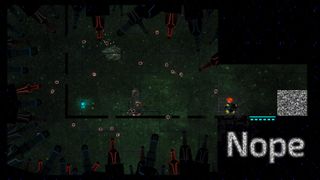
I also particularly liked the introduction of freezing areas in Squid Block because this encouraged me to play more quickly. Also, shattering to death was a nice change from the usual splattering of body parts. The thoughtful timing of how teleporters move and activate, as well as the newly introduced disappearing floors, support speedrunning as perfectly as a classic platformer.
I feel a good narrative is only important in games if it complements the gameplay and doesn't detract from it.
Alex Gold
"I love most entries in the Mario, Megaman and Metroid series," he says. "And I adore anything created by Treasure. Cave Story also greatly affected me. It always felt like there was always just one more secret to find. VVVVVV was the greatest influence on our title. It was minimalistic, had an emphasis on exploration, and contained a clever narrative that supported its gameplay."
There are a lot of new platformers out there, so I usually look for at least one unique feature before I consider playing one. In the case of Mike Dies, this was obviously the teleporters. Thoughtful level design was a second boon, but I was also pleasantly surprised by the game's art, music, and enigmatic story.

"Our art went through many iterations," Gold says. "At one point it was too busy, then too complicated. Taking a minimalistic approach was the right call for us both functionally and aesthetically. I feel a good narrative is only important in games if it complements the gameplay and doesn't detract from it. We chose voice-acting and visual metaphors because they happen in real-time."
Characters give instructions or reference features of the current level at communication points where Mike calls his partner, Gregory, explaining what has happened to him and providing more explicit story details. These were my favorite moments because of the reveals but also because of the warm tone of the conversations.
"I like to think of Mike Dies not being a story about a gay character," says Gold, "it’s a story about Mike. 'Gay' is not Mike’s defining trait." Nonetheless, Mike Dies is a game that handles representation well. "I wouldn’t expect a straight writer to accurately capture a gay relationship," Gold continues. "And it wouldn’t make sense for me to write about a straight relationship. I wouldn’t even know where to start! If we want more genuine LGBT characters in games, there simply needs to be more LGBT developers."
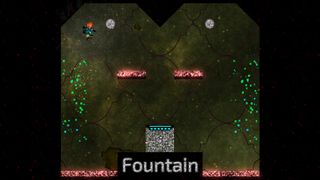
Eventually, you realize Mike Dies is piecing together a complex picture about who Mike is and what has happened to the ship. Several themes are explored but I particularly like the way 'trust' was built into the story thanks to the combination of expertly timed voice-over and dangerous level design.
Mike died (in my game) more than a thousand times, usually by having some combination of his nose and protruding chest shaved off. Still, with its bite-sized levels this is as much for the everygamer as it is for genre veterans. "A speedrunner recently completed the game with around 10 deaths," Gold says. "It is possible to beat the game with no deaths, but we've never been able to do it."
I can imagine a perfect playthrough of Mike Dies, but seeing every way a teleporter might sever your limbs is part of the premise. I might have thought thought I knew every way teleportation could be used in games, but I've now learned many more—most of them just happen to be lethal.
Mike Dies is available now on Steam.
